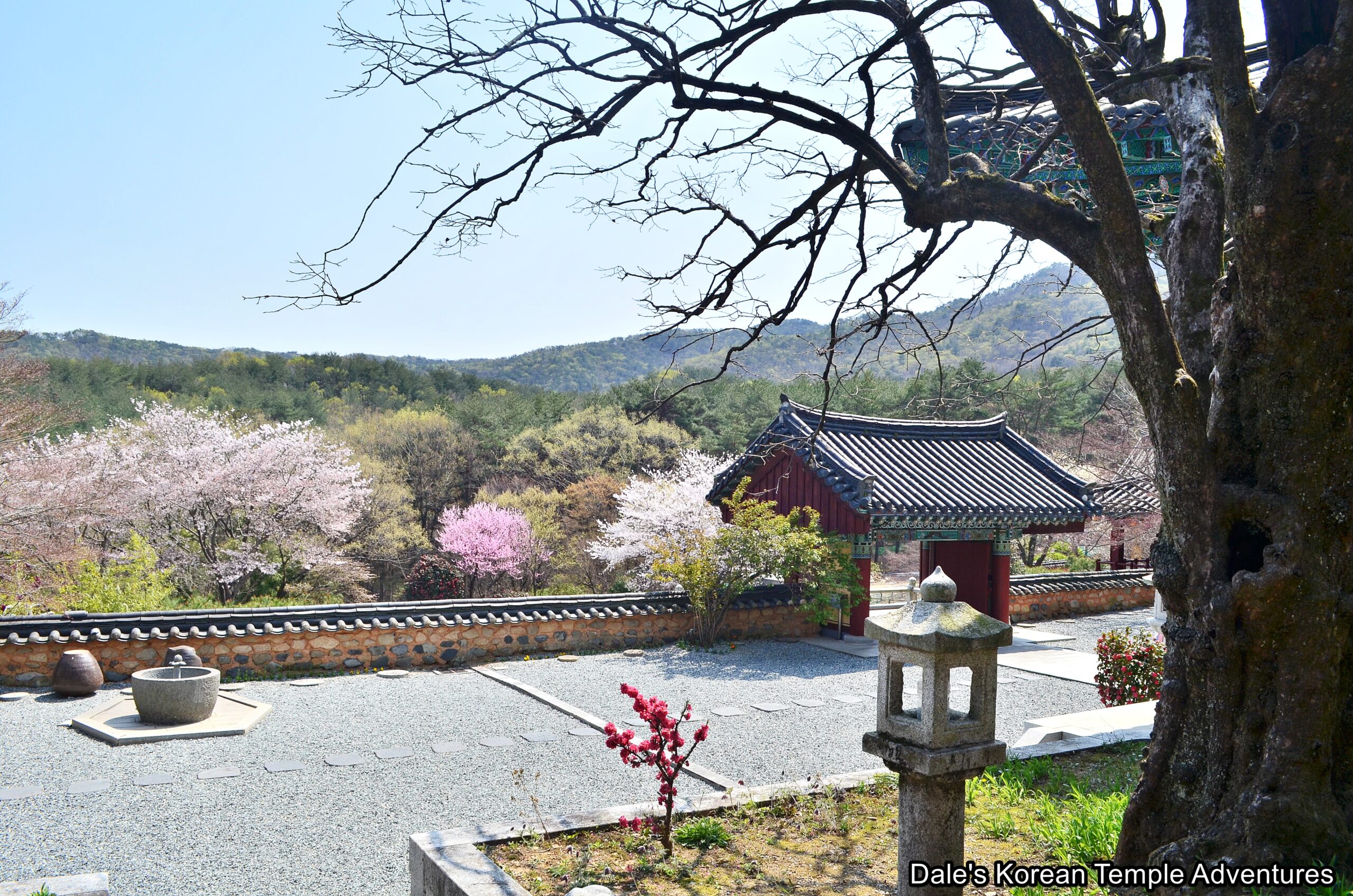Josa-jeon – The Founder’s Hall: 조사전
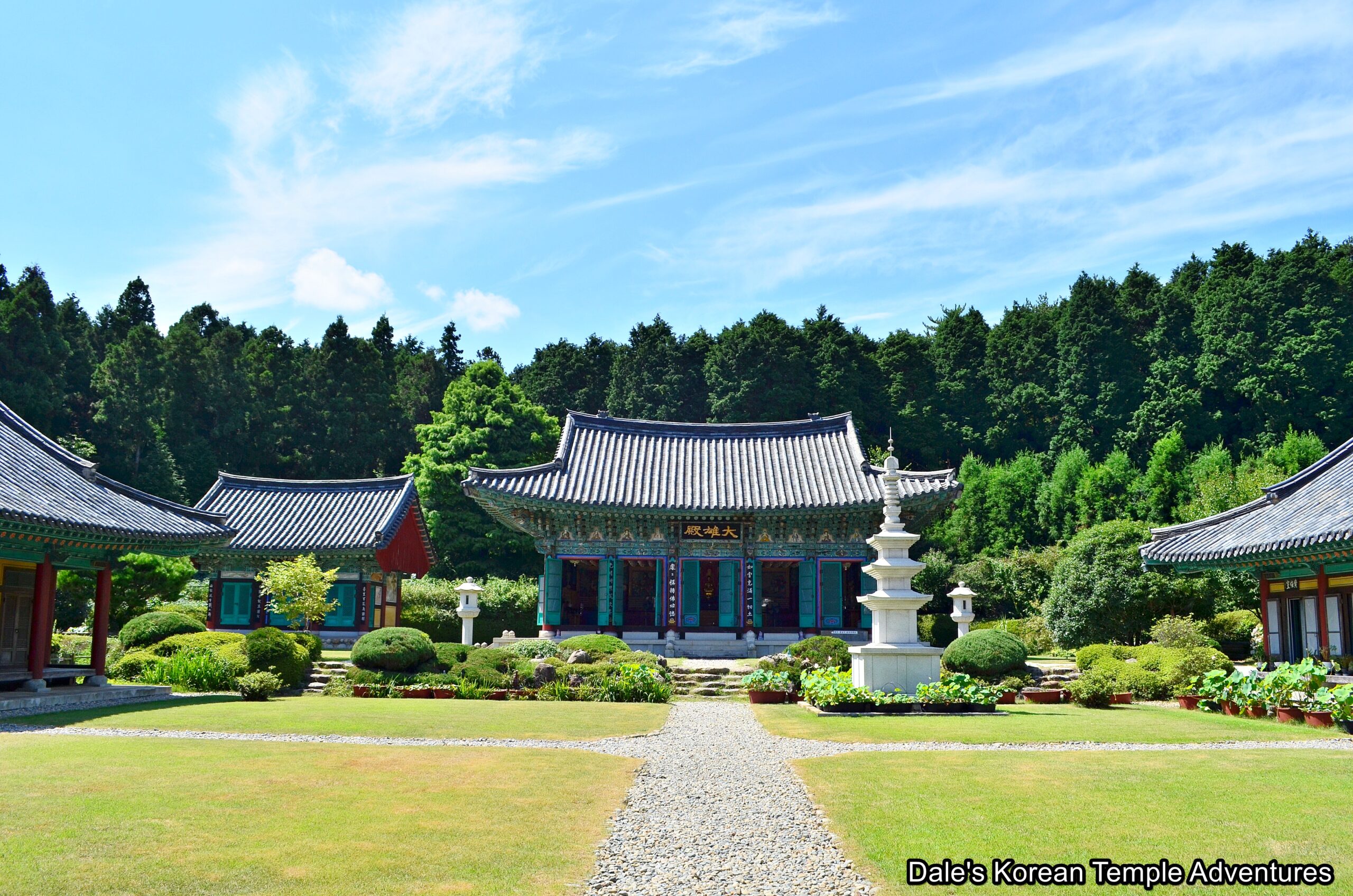
Introduction
Another shrine hall that you might find at a Korean Buddhist temple, especially a temple that’s larger in size or had a venerated monk, or monks, that once took up residence at the temple, is the Josa-jeon Hall. The word “Josa,” in English, means “patriarch” or “founder.” While the word “jeon” means “hall,” in English. So the Josa-jeon Hall at a Korean Buddhist temple is “The Founder’s/Patriarch’s Hall,” in English. The Josa-jeon Hall can also sometimes be called a Josa-dang Hall, which is just a different honourific term for a shrine hall.
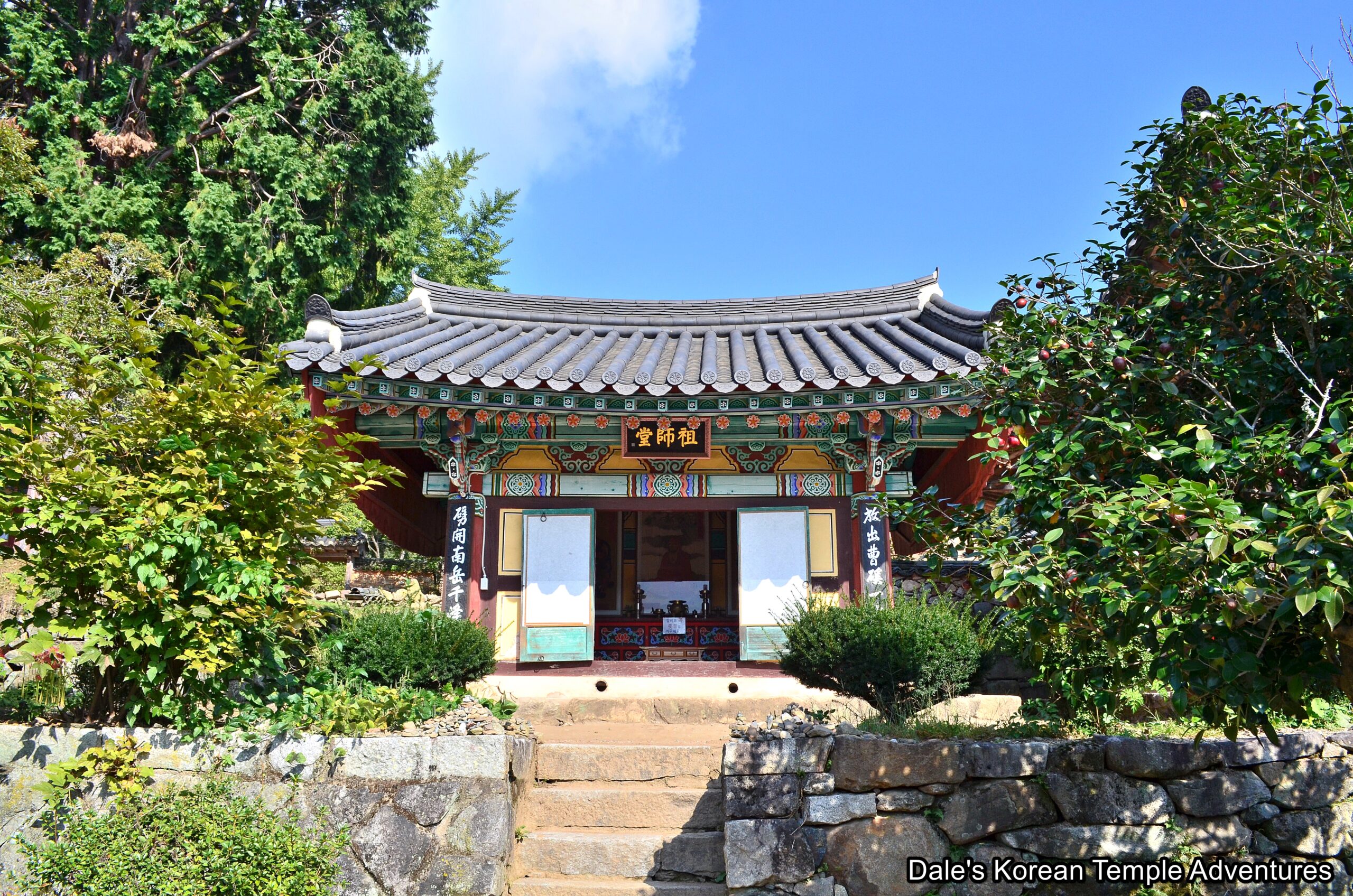

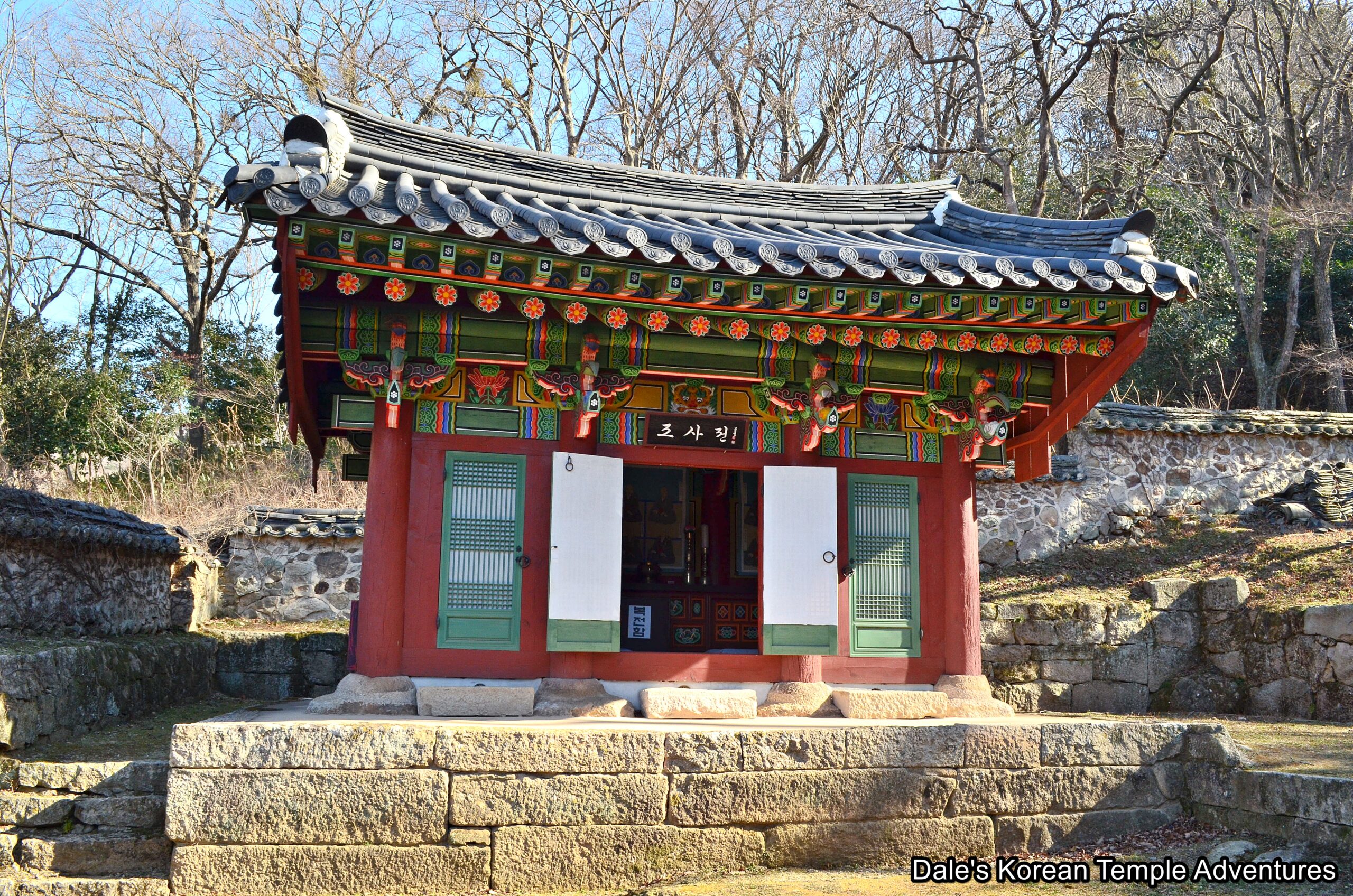
Josa-jeon Design
So what exactly is this halls purpose and what does a Josa-jeon Hall look like? Well, typically, a Josa-jeon Hall is smaller in size. And it’s usually found at the side or back portion of the temple grounds. The exterior walls to the Josa-jeon Hall are either plainly painted for they have the Shimu-do (Ox-Herding Murals) adorning it. As for the interior, the shrine hall is typically understated, as it enshrines formal portraits of great monks that once called that specific temple home. These paintings are known as “Jinyeong,” in Korean, which means “True Likeness,” in English. More specifically, the Josa-jeon Hall houses murals or statues of monks who led in the reconstruction of the temple or in its revival. Typically, older temples have a larger Josa-jeon Hall filled with these formal portraits. The Josa-jeon Hall is far more prevalent at Seon school temples because this type of meditative Korean Buddhism focuses on lineage. By doing this, they are preserving the historical continuity of the Seon teachings.

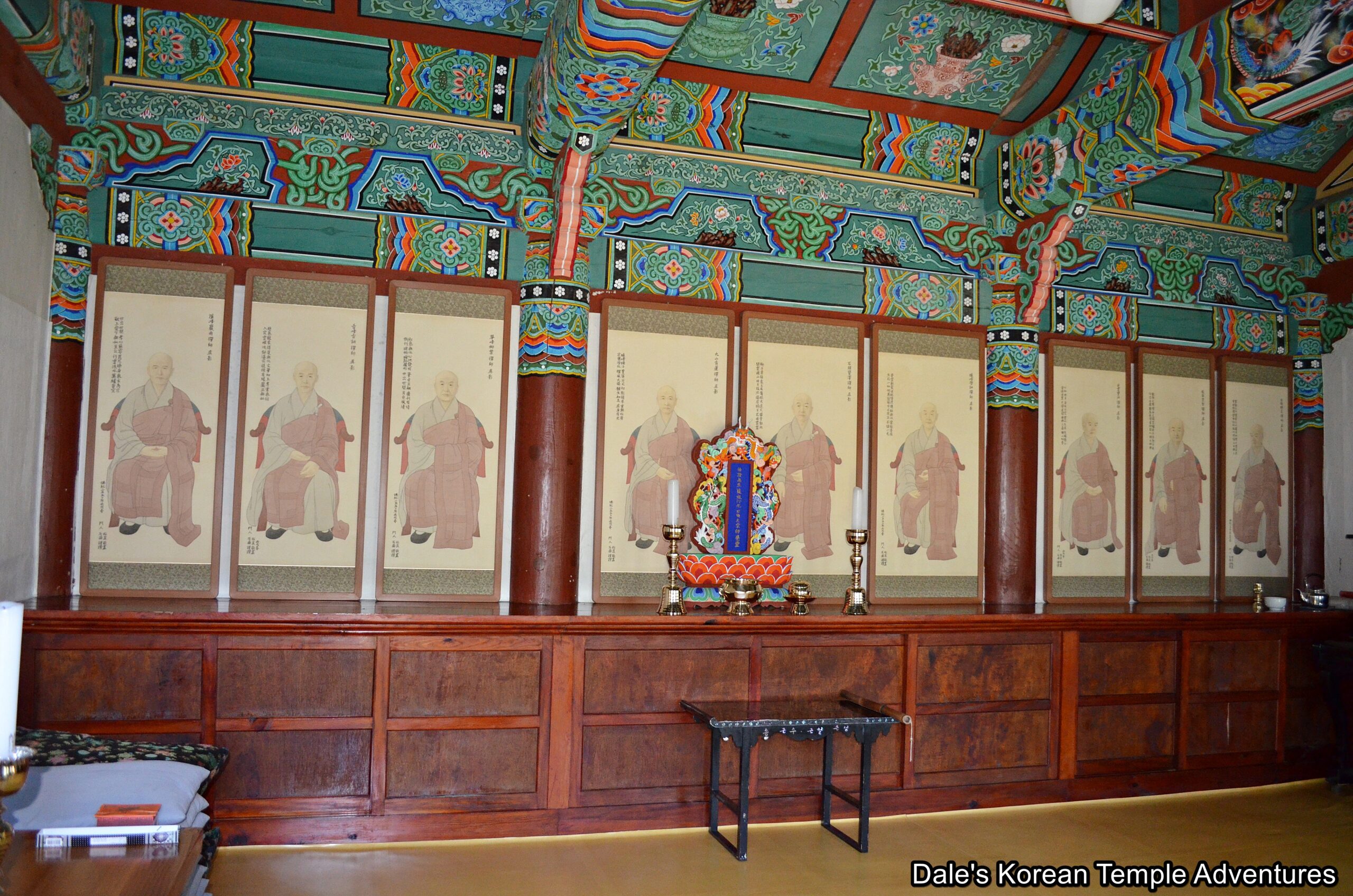
The formal portraits of the great monks housed inside the Josa-jeon Hall are traditionally painted by their disciples after the monk has died. The portraits can also be copies of former paintings that have decayed or faded through the passage of the time. In the portrait, the monk is dressed in a “gasa,” or monastic robe, in English. The monk usually is seated in a wooden chair, and he’s holding a ritual instrument like a “bulja,” or fly whisk, in English, which denotes their elevated office. Also, they can be holding a “yeomju” or Buddhist prayer beads, in English. In some modern portraits, a photograph might be used instead of a painting. And in even rarer situations, a statue is used instead of a painting or photograph.
Throughout the year, there are various ceremonies conducted inside the Josa-jeon Hall. Brief chanting ceremonies are conducted daily inside the shrine hall as a sign of respect and veneration for the monks and masters. Larger ceremonies are also held inside the Josa-jeon Hall on specific days that are dedicated to specific monks on special anniversaries such as the day that they passed away. The reason that these ceremonies take place is so members of the seungga (Buddhist community) can pay their respect to former monks that once lived and taught at the temple.
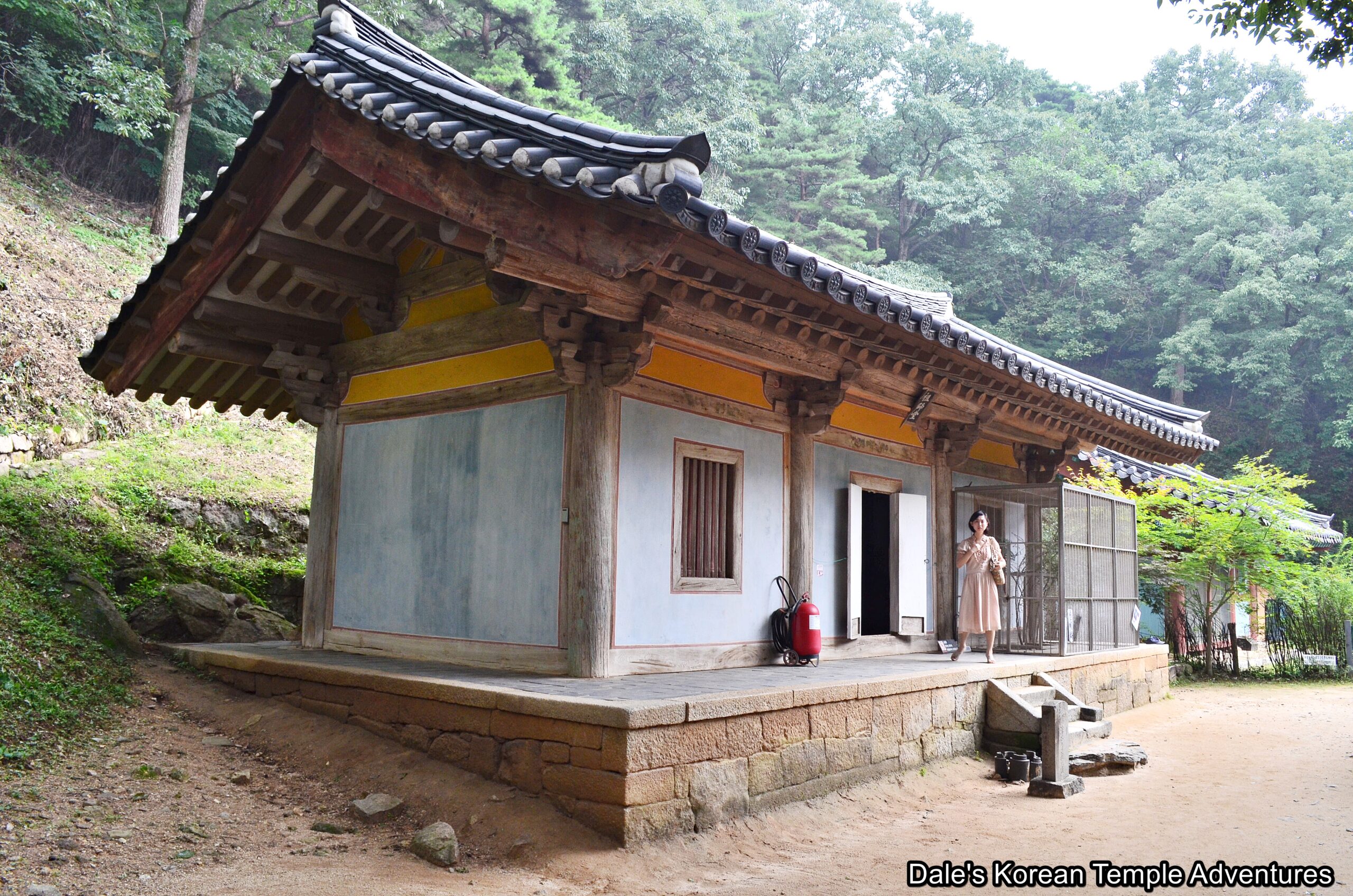
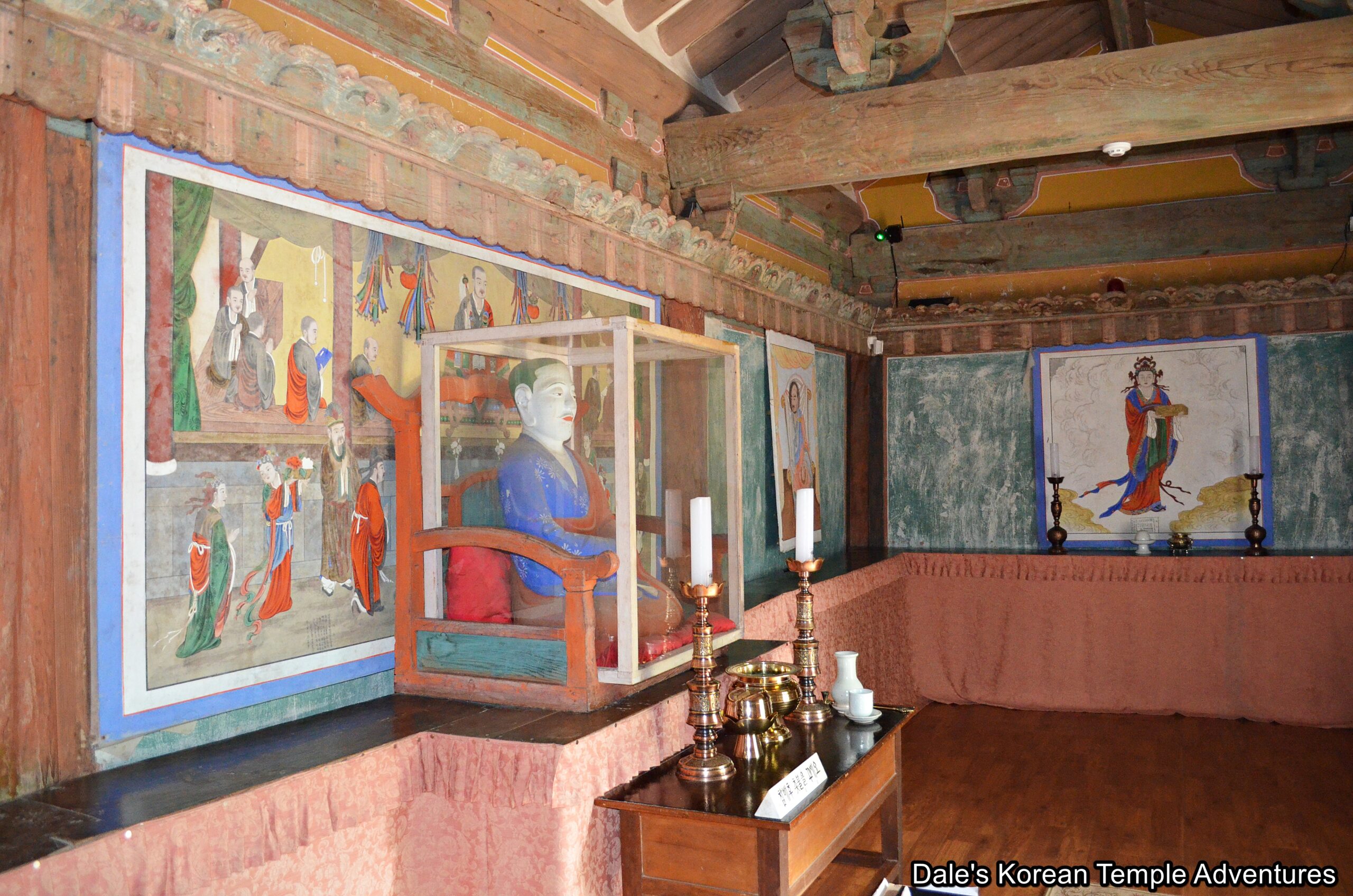
Great Examples
In total, there is one Josa-dang Hall that is National Treasure #19 at Buseoksa Temple in Yeongju, Gyeongsangbuk-do. And there is also a Josa-jeon Hall that’s Korean Treasure #180 at Silleuksa Temple in Yeoju, Gyeonggi-do. As well as the Guksa-jeon Hall, which was originally a meditation hall, but was converted into a shrine hall to house the sixteen murals of National Preceptors, or “Guksa,” in Korean. The Guksa-jeon Hall is Korean National Treasure #56.
Other great examples of this Buddhist shrine hall can be found at Daeheungsa Temple in Haenam, Jeollanam-do; Miraesa Temple in Tongyeong, Gyeongsangnam-do; Seounsa Temple in Gochang, Jeollabuk-do; Samyeongam Hermitage on the Tongdosa Temple grounds in Yangsan, Gyeongsangnam-do; Seonamsa Temple in Suncheon, Jeollanam-do; and Donghwasa Temple in Dong-gu, Daegu.
